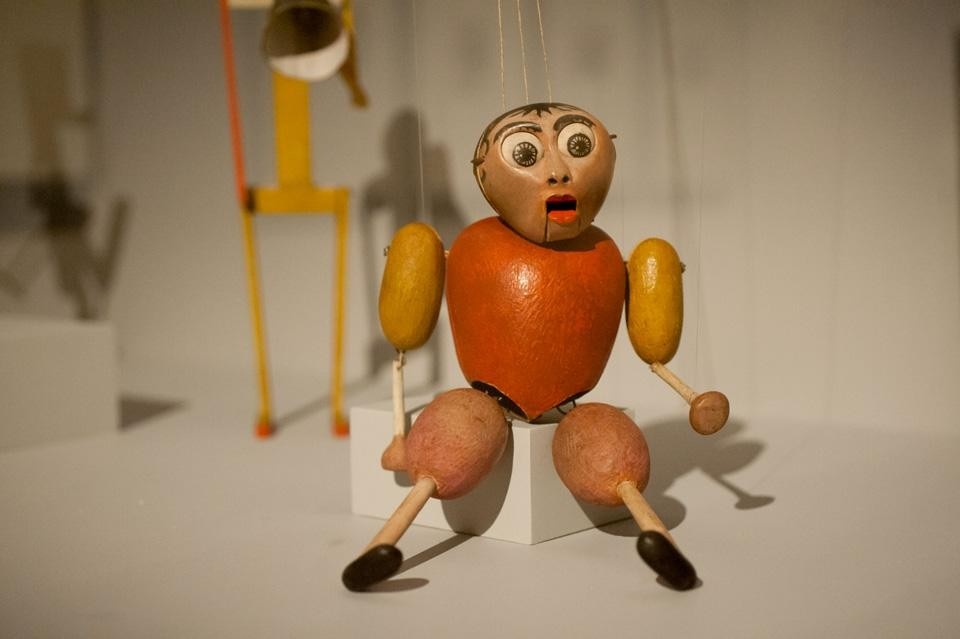The Bauhaus: Art as Life exhibition tells the story of the unique school, tracing its evolution through three different premises and exploring its everyday life.
Founded in 1919 after the First World War and closed in 1933, as National Socialism gained power and influence, the Bauhaus lasted only 14 years — but these were intense, dynamic and proactive years, lived with a playful spirit, a creative approach and an informal lifestyle. An inventive utopia which believed in a future of cultural and social progress.
The exhibition begins with Walter Gropius' founding of the school in Weimar, the city that had, until that time, been the fulcrum of the classical German culture and where the German constitution was signed in that same 1919. The show explores the school's early years, when teaching of avant-garde and eclectic arts and crafts was predominant, marked by Expressionist approaches. It highlights the progressive but rapid shift towards a simpler and more essential aesthetic of radical experimentation, with a growing focus on the relationship between art and technology. An interest in designing objects that could be industrially produced helped steer the Bauhaus towards simple forms with a Constructivist matrix. The Bauhaus style became more consistent: its cornerstones were clarity, rigour and efficient communication.
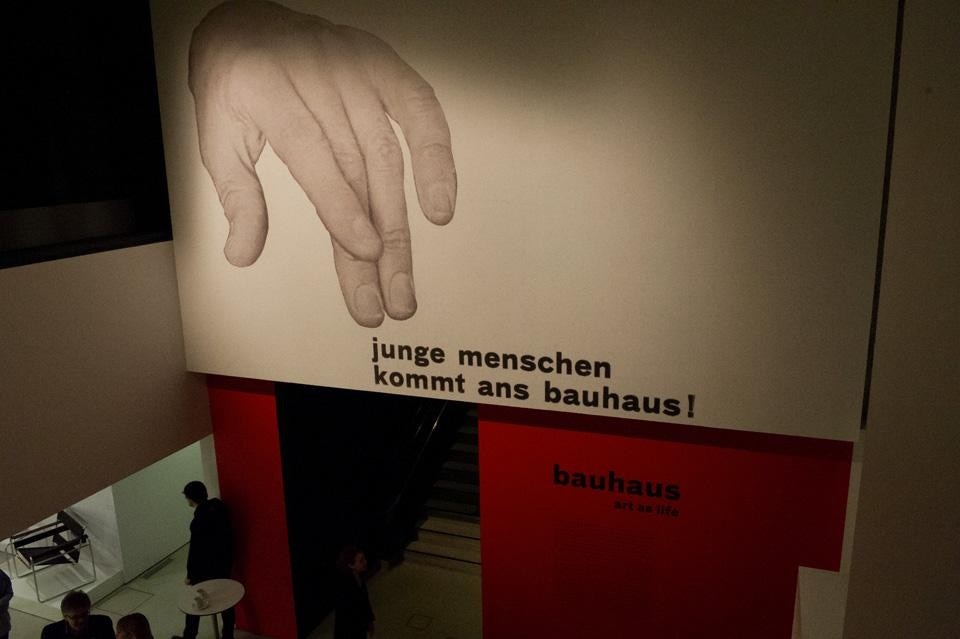
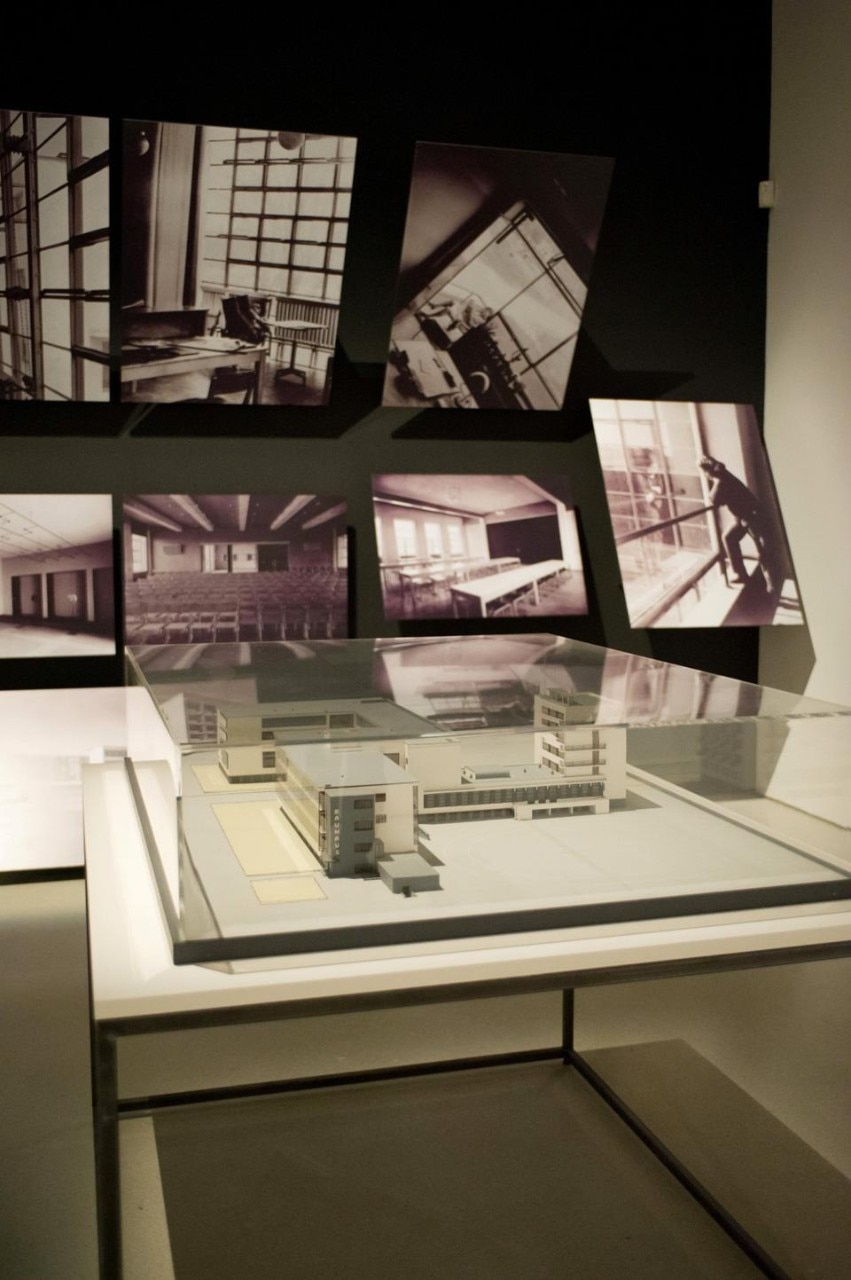
In 1925, the Bauhaus moved from Weimar to Dessau. Specially designed by Gropius and built with advanced solutions, the new campus was a workshop in which to study, work, and experiment modern life. The new complex was composed of asymmetrically assembled cubes designed for their intended function. Moments of rigorous study, research and play were intertwined without interruption. This mixed community was united by a spirit of innovation that permeated every type of activity: every moment seemed marked by fervour, happy energy and a playful spirit that was never an end in itself. The desire to reunite the arts saw, among other things, one of its major fields of experimentation in the theatre, which became a true gelling agent within the school and succeeded in bringing together painting, sculpture, fancy dress, music, dance and plays of light and form. Often, roofs, balconies and any other part of the building served as impromptu stages for experimental performances. Life was lived as a sort of never-ending show.
Often, roofs, balconies and any other part of the building served as impromptu stages for experimental performances. Life was lived as a sort of never-ending show
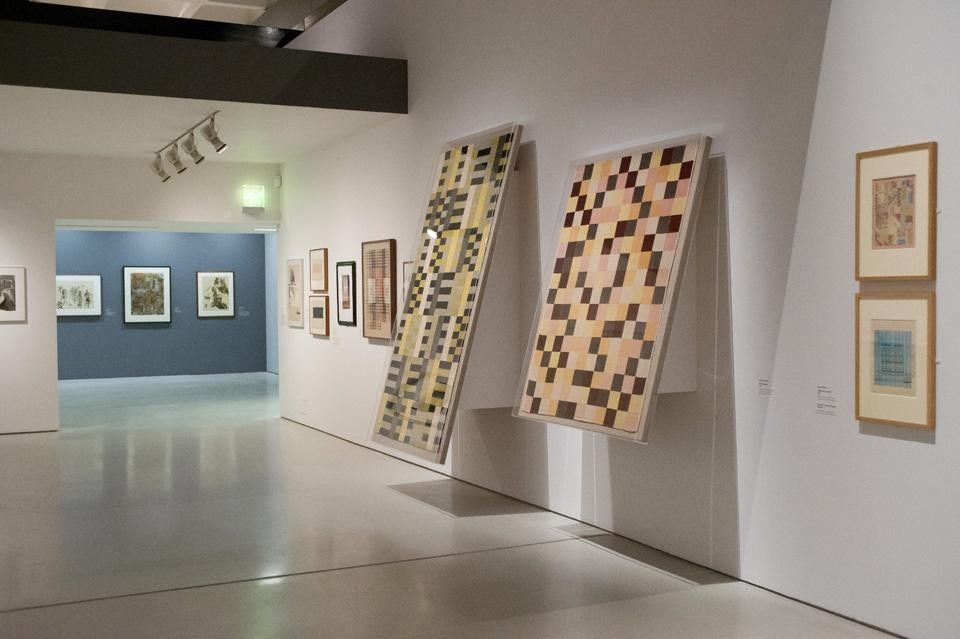
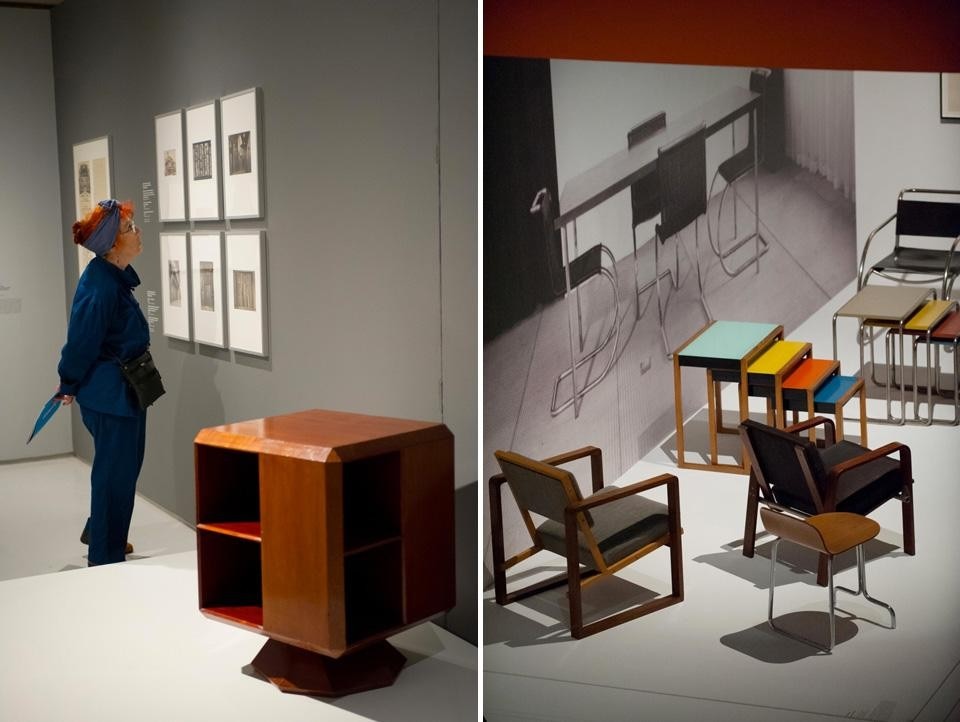
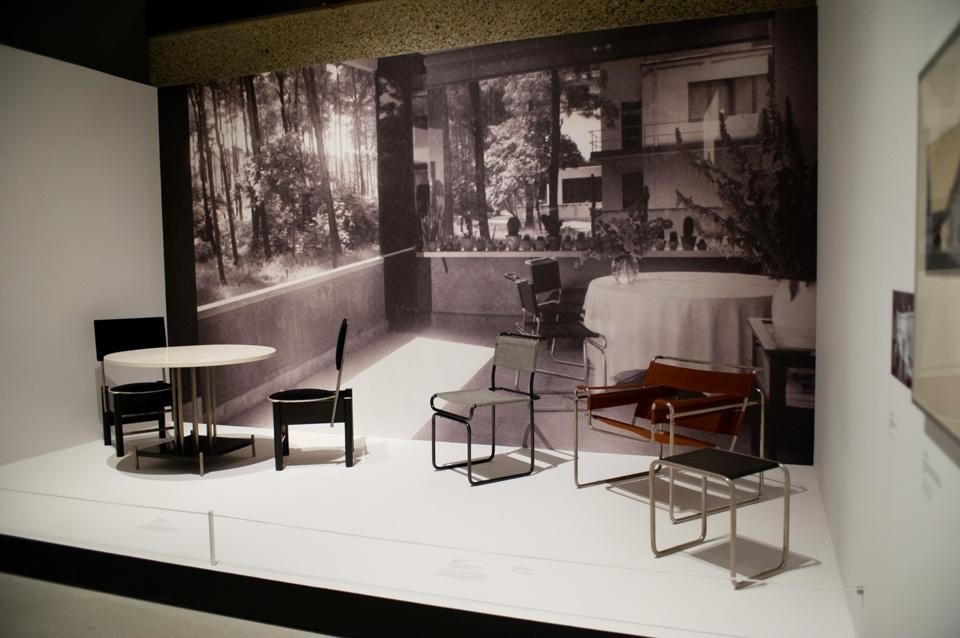
The last two years in Dessau were spent under the direction of Meyer with constant internal renewal. In 1929, Meyer introduced new courses in photography and photomontage but National Socialist hostility towards the school was strong and funding fell dramatically until it was completely cut. The Bauhaus tried to continue independently and its focus veered towards architecture and professional training. Mies van der Rohe replaced Meyer and oversaw the school's transfer to Berlin. This was not enough, as in 1933 the school was forced to close. Sixty-one of its teachers were arrested, several were deported and some, such as Frederika Dicker and Otti Berger, died in Auschwitz and other death camps.
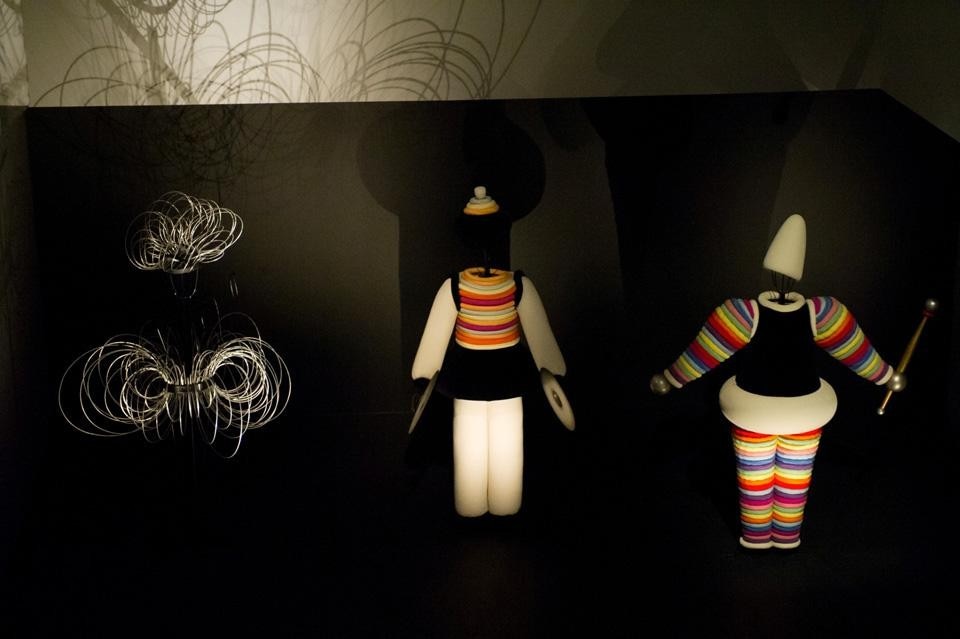
With a host of objects, pictures and documents, Bauhaus: Art as Life bears witness to the drive of this movement: a mix of rigour, utopian aspirations, educational approach and concrete action. Gabi Scardi
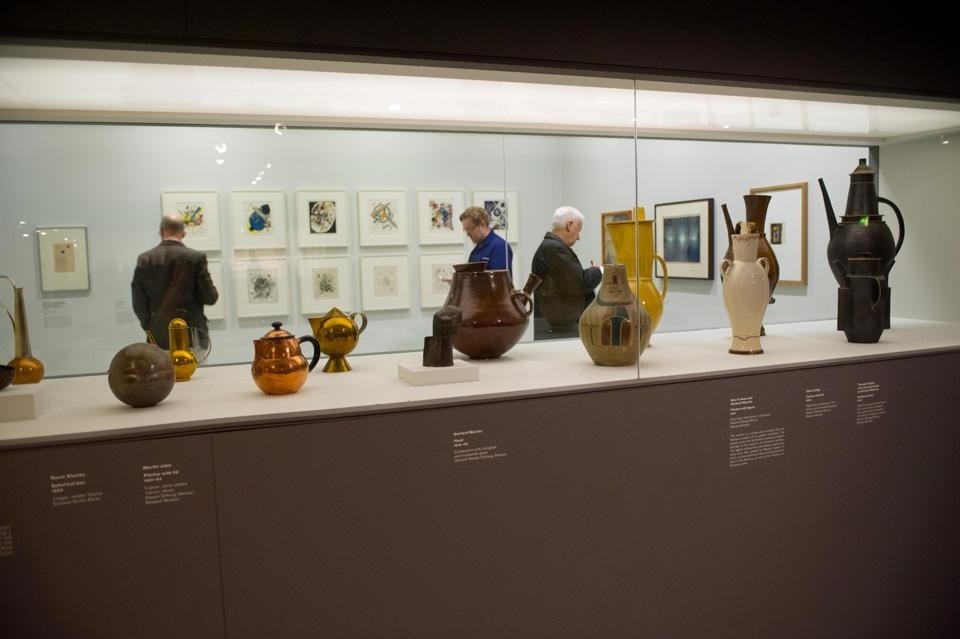
Bauhaus: Art as Life
Barbican Art Gallery, Barbican Centre
London


